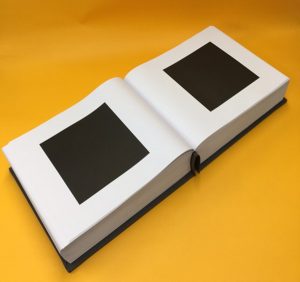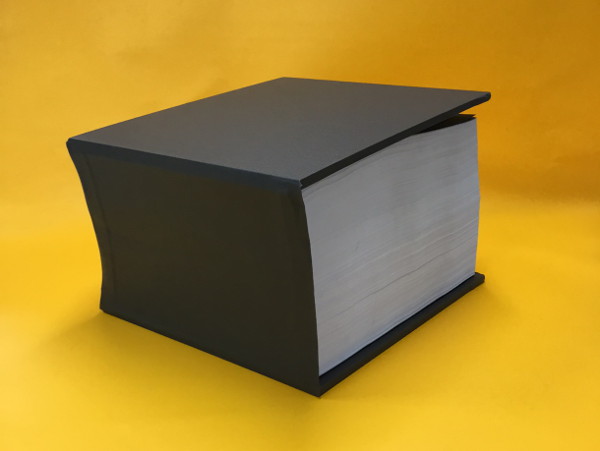You’re walking along a woodland path. Suddenly you hear a recipe for yogurt being recited somewhere in the bushes. A short while later, you hear an apology for kicking you in a tender place emerging from the trees. What is going on?
Cut Adrift is an installation by Edinburgh artist Mark Haddon. Over the past 20 years or so, Mark has collected handwritten notes that he has found lying on the ground. The notes are a varied mix: letters, recipes, instructions, apologies… Mark recorded people reading these notes out loud. As part of Sanctuary, a 24-hour art event in southern Scotland, he and I arranged that the passing of people along a path would trigger the playing of these recordings from a sound system hidden in the undergrowth.
I helped Mark with the technical side of the project. We used a Teensy microcontroller board with an audio adaptor board audio shield to store, sequence, and play the audio clips. The signal went to a 12 V audio amplifier and thence to a pair of loudspeakers. We used a PIR (passive infra-red) motion detector to detect people walking by. The output from the detector was connected to one of the input pins of the Teensy. The whole thing was powered using a 12 V lead-acid battery. The battery, Teensy, and amplifier all went in a plastic storage crate to protect them from the weather.
The passage of a person triggered one audio clip. The choice of which clip to play was random, but subject to a rule that made a clip more and more likely to be chosen the longer it was since it was last played. My program held the clips in a queue. When a clip was needed, there was a 50% probability that the first clip in the queue would be chosen, a 25% probability that the second clip would be chosen, and so on as far as the 5th clip. Clips lower in the queue than this would never be chosen. Once the chosen clip had been played, it was put at the bottom of the queue and all the other clips moved up one place.
I’m grateful to Jen Sykes of Glasgow School of Art for pointing me in the direction of the Teensy and its audio board.

